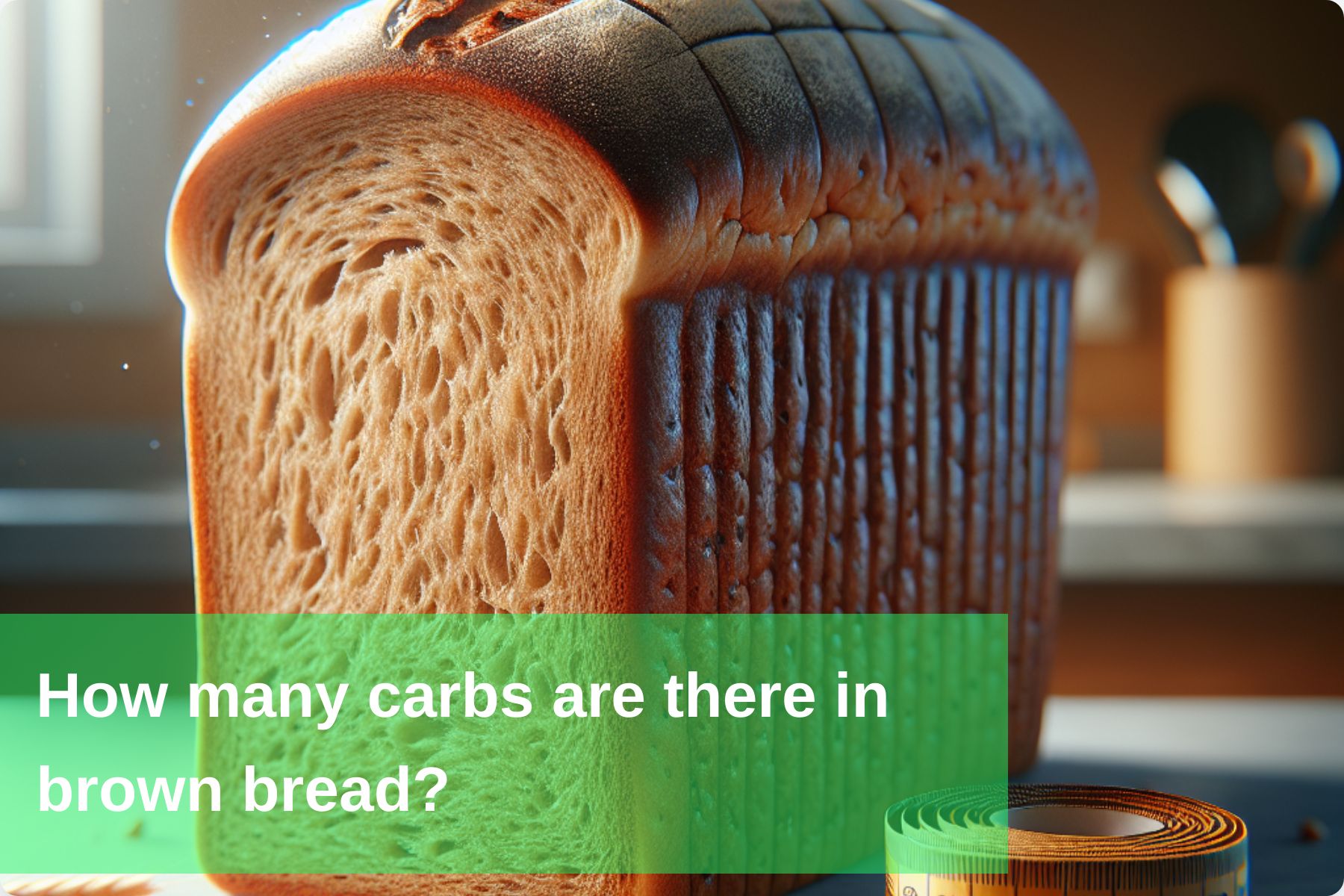
How many carbs are there in brown bread?
In the age of wellness, our food choices play a huge role. One pantry staple finding its way into more homes is good ol’ brown bread. But have you ever stopped to ponder just how many carbs actually live inside that innocent toast or sandwich slice? Understanding brown bread's carb truth is key for anyone aiming to balance their diet.
Carbs are a major player in our daily food energy needs. With its reputation as a healthier alternative to white, brown bread holds coveted real estate in many kitchens. But as we explore, we’ll dig into the precise carb content details that matter for diet-conscious folks.
Keep in mind that knowing the carb breakdown in beloved brown bread goes beyond numbers on a label. It’s about picking the best fit for your personal nutrition path. Shall we unravel the mysteries of carbs in crusty brown loaves? Come discover where this staple fits into the broader picture of balanced, wholesome eating.

Nutritional Composition of Brown Bread
Brown bread brings to the table a mix of essential nutrients that contribute to a well-rounded diet.
Carbohydrates form the foundation of brown bread's nutritional profile. These macronutrients are the body's primary energy source, providing the fuel needed for daily activities. Unlike its refined counterpart, brown bread contains complex carbohydrates, offering a sustained release of energy without the rapid spikes in blood sugar levels.
Fiber, another key component, plays a crucial role in supporting digestive health. Brown bread, with its higher fiber content compared to white bread, aids in maintaining a healthy digestive system.
Beyond carbs and fiber, brown bread contains a spectrum of essential nutrients, including vitamins and minerals. These micronutrients play diverse roles in supporting bodily functions, from bone health to immune system function. While not a powerhouse of these micronutrients, brown bread certainly adds a nutritional boost to your meals.
Nutritional facts per 43g of 1 slice of bread:
Calories |
80 |
Fat |
0g |
Sodium |
170mg |
Carbohydrates |
20g |
Fiber |
3g |
Sugars |
4g |
Protein |
5g |
Cholesterol |
0mg |
Calcium |
9.03mg |
Iron |
1mg |
Potassium |
95mg |
Carbohydrates in Brown Bread
The carbohydrate content in brown bread can vary depending on the brand and recipe, but on average, a standard slice of brown bread (about 28 grams) contains approximately 12-18 grams of carbohydrates. Here's a more detailed breakdown:
Portion Size (grams) |
Carbohydrates (grams) |
|---|---|
1 slice (28 grams) |
12-18 |
2 slices (56 grams) |
24-36 |
100 grams |
43-64 |
Factors Affecting Carbohydrate Content
Type of Flour Used: Whole wheat flour generally has a higher carbohydrate content than refined flours.
Grain Processing: The degree of milling and processing can impact the carbohydrate content.
Moisture Content: The water content in the bread can dilute or concentrate the carbohydrates.
Fermentation Process: The fermentation process during bread making can slightly alter the carbohydrate content.
Type of Sweeteners: Natural sweeteners or artificial sweeteners can influence the total carbohydrate count.
Nutritional Enhancements: Added seeds, nuts, or grains can affect the overall carbohydrate content.
Cooking Method: The method of baking and the temperature used can have a minor impact on carbohydrate content.
Preservatives: Some preservatives and additives can contribute to the carbohydrate content.
Fortification: Fortified breads may have additional nutrients that can affect the overall carbohydrate profile.
Recipe Variations: Homemade versus commercially prepared brown bread may have different carbohydrate levels due to recipe variations.

How Carbohydrate-Rich Is Brown Bread?
Brown bread emerges as more than just a satisfying bite; it's a choice laden with nutritional benefits. Brown bread, with its mix of complex carbs, fiber, and essential nutrients, offers a wholesome addition to your daily nutrition.
The interplay between complex and simple carbs, coupled with its impact on blood sugar levels, paints brown bread as a smart choice for sustained energy without the unwanted spikes. We examined the factors influencing carbohydrate content, recognizing that baking methods, ingredients, and brands all contribute to the nuanced nutritional profile of brown bread. Being aware of these factors empowers you to make choices that align with your health goals.
As you navigate the aisles of your grocery store, armed with the knowledge gained here, consider the impact of your choice of brown bread on your overall health. It's not about restriction but about making choices that resonate with your personal health journey. Here's to informed decisions, mindful eating, and a healthier you.
FAQs
-
How many carbs are in a slice of brown bread?
A typical slice of brown bread contains about 15-20 grams of carbs.
-
Is brown bread a good source of complex carbohydrates?
Yes, brown bread is a good source of complex carbohydrates that provide sustained energy.
-
Does the carb content of brown bread vary by brand?
Yes, the carb content can vary slightly depending on the brand and specific ingredients used.
-
Are there any low-carb alternatives to traditional brown bread?
Yes, there are low-carb bread options available that contain fewer carbs than traditional brown bread.
-
How can I reduce the carb content of my brown bread sandwich?
You can reduce the carb content by choosing thinner slices of bread or opting for open-faced sandwiches.
This Blog post is an initiative by Lo! Foods, to provide accurate and Nutritionist / Doctor approved information related to Health. Lo! Foods is India's leading brand for Everyday Functional Foods. Foods designed for specific Health conditions or Needs. Lo! Foods also runs India's largest range of Low Carb Healthy Cloud Kitchens, under the brand names of Lo!, ProteinChef, ATH (All Things Healthy) and DiabeSmart.



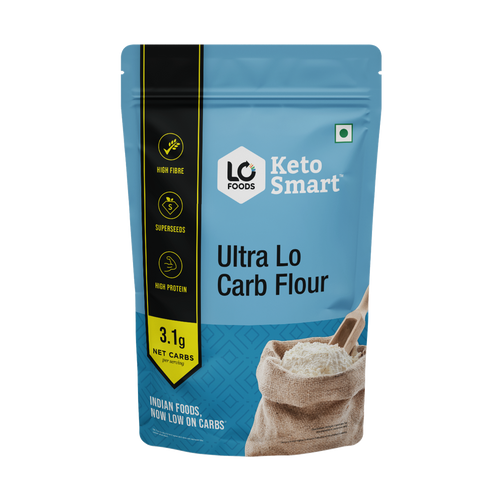
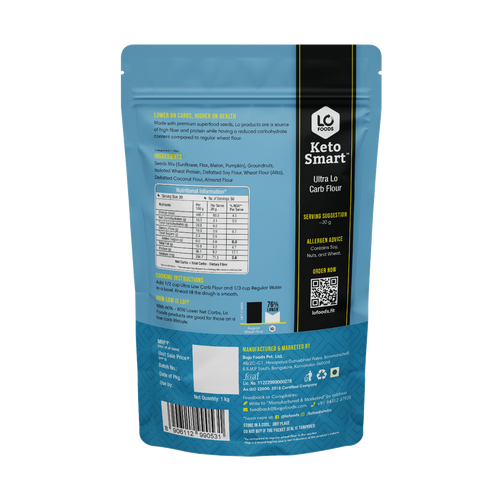

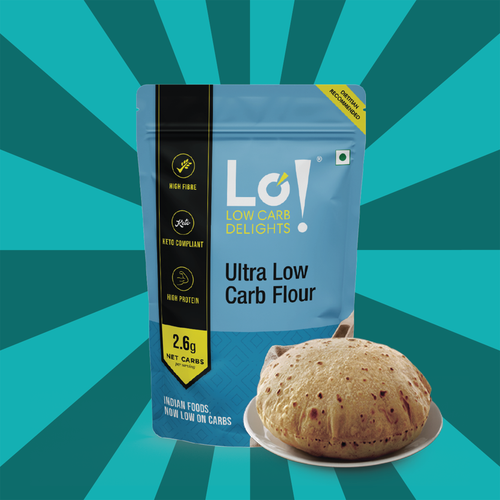


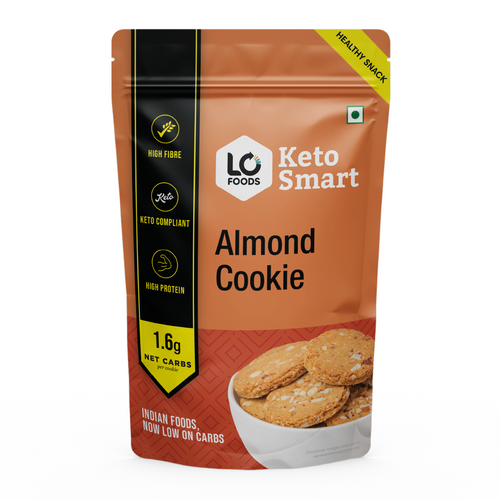





Leave a comment
Your email address will not be published.